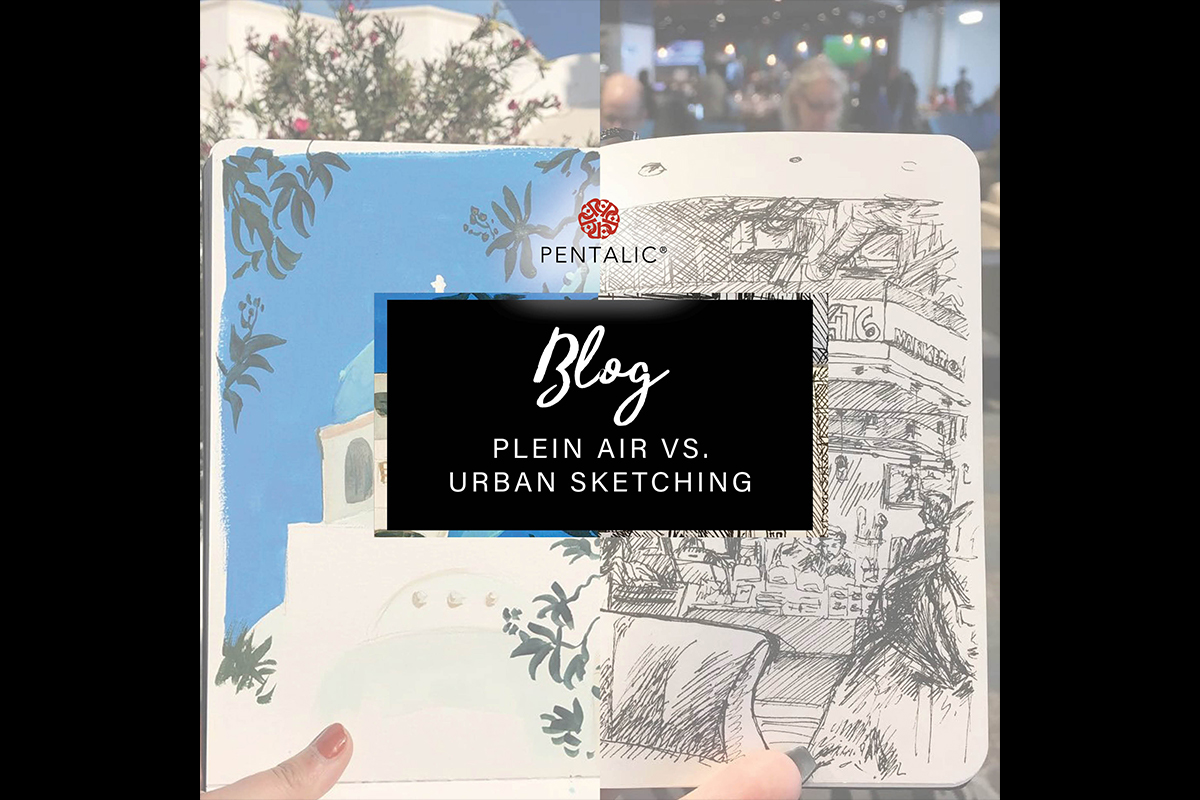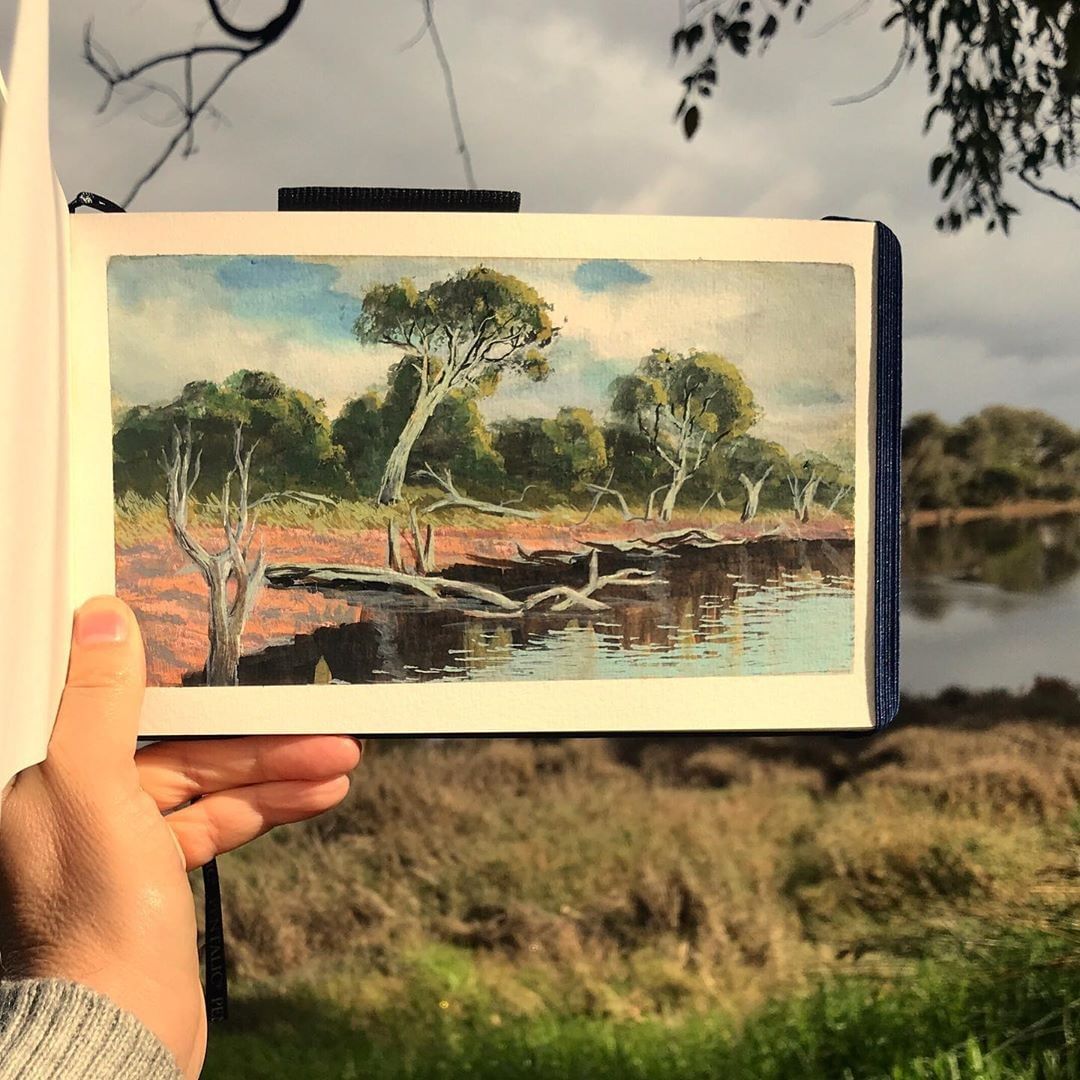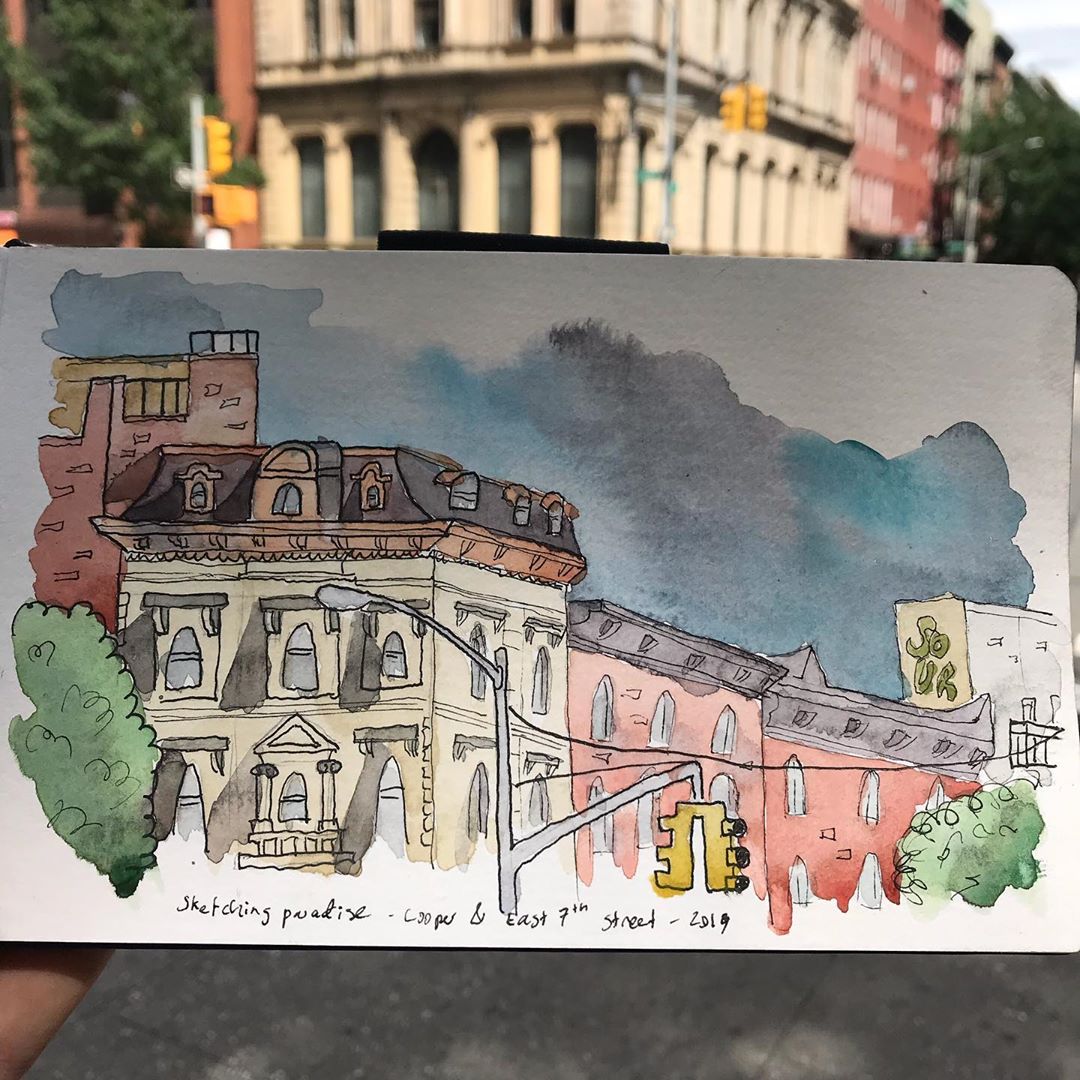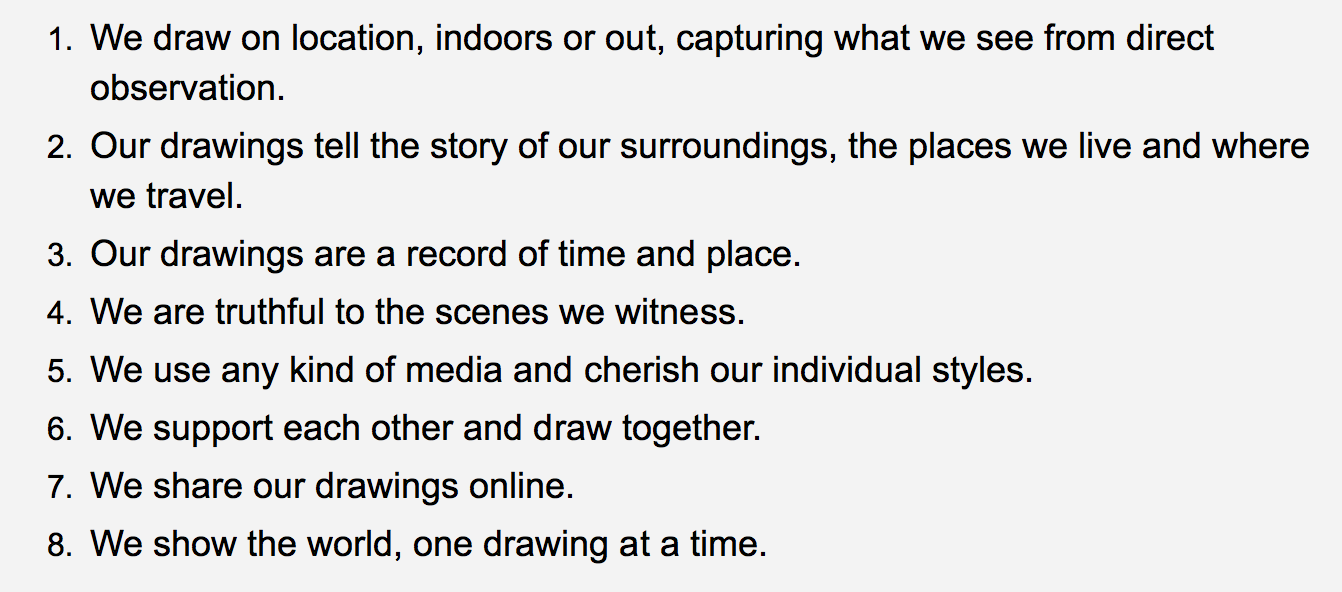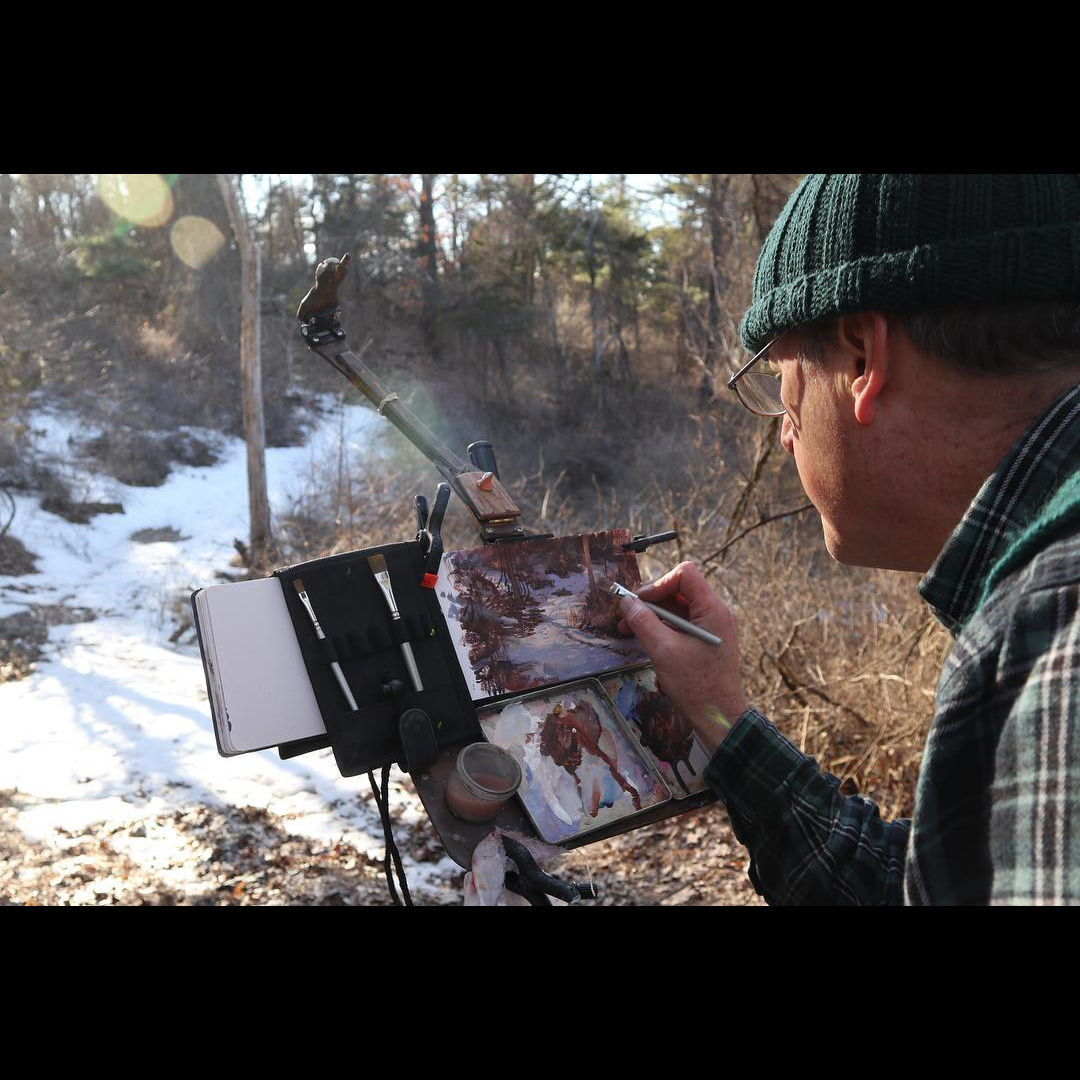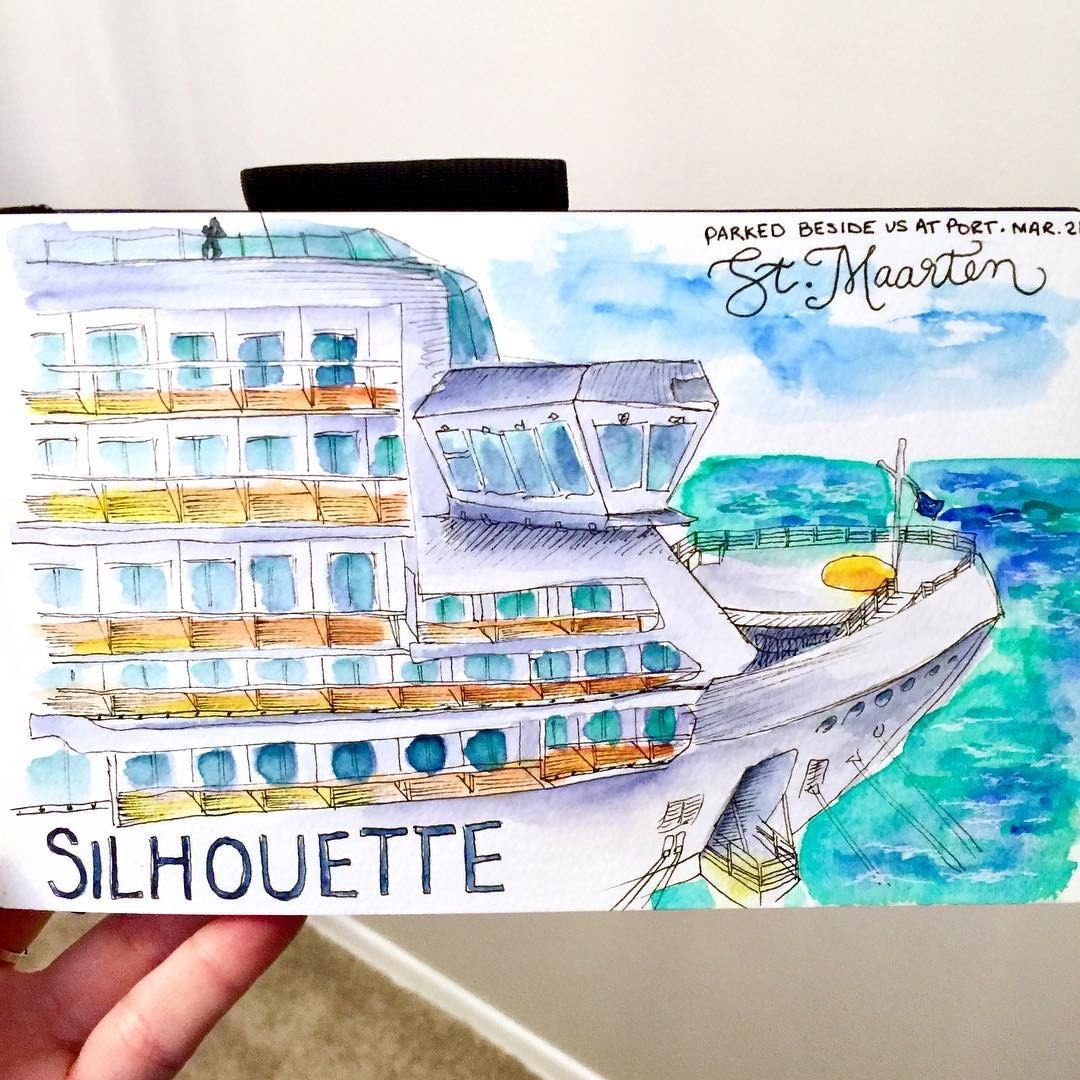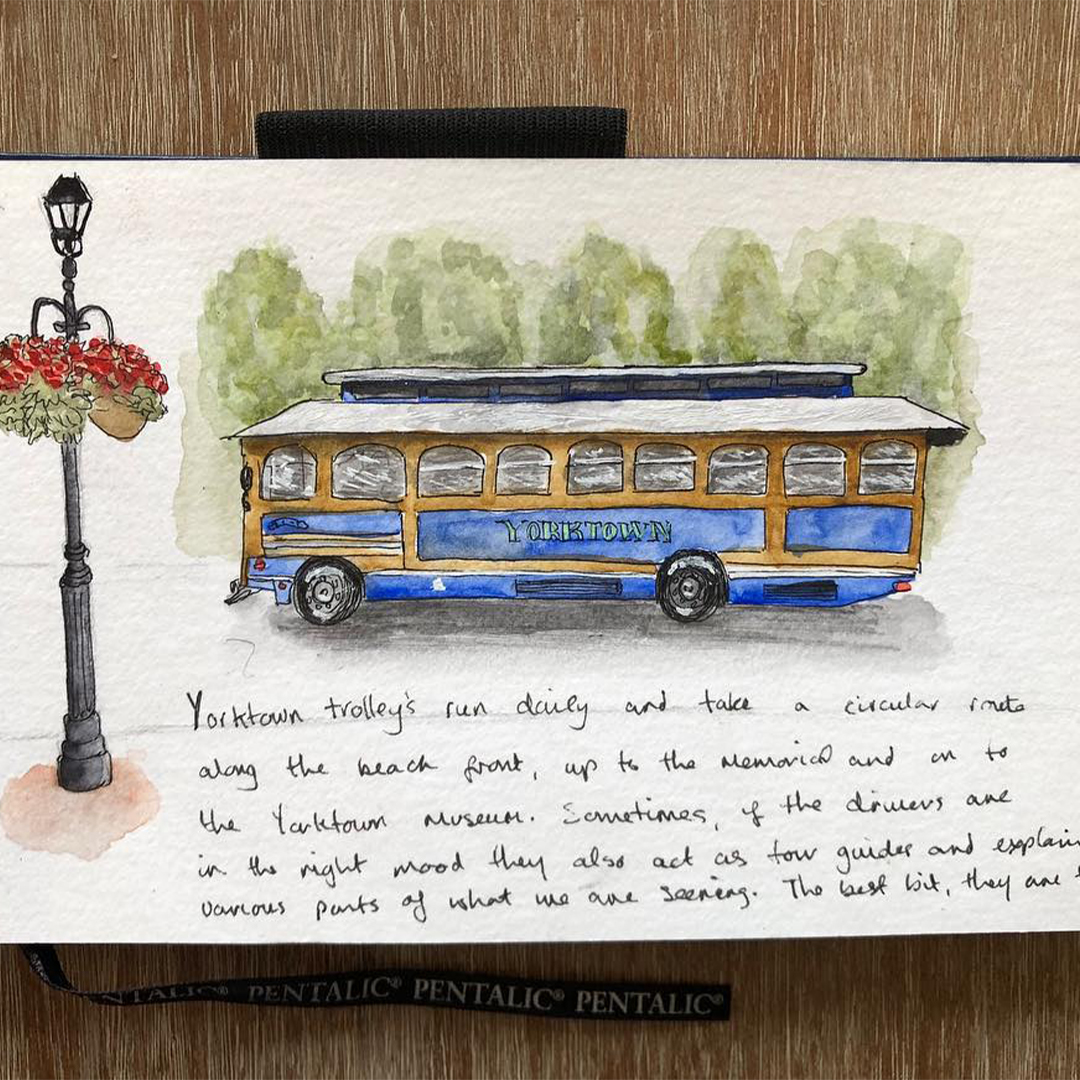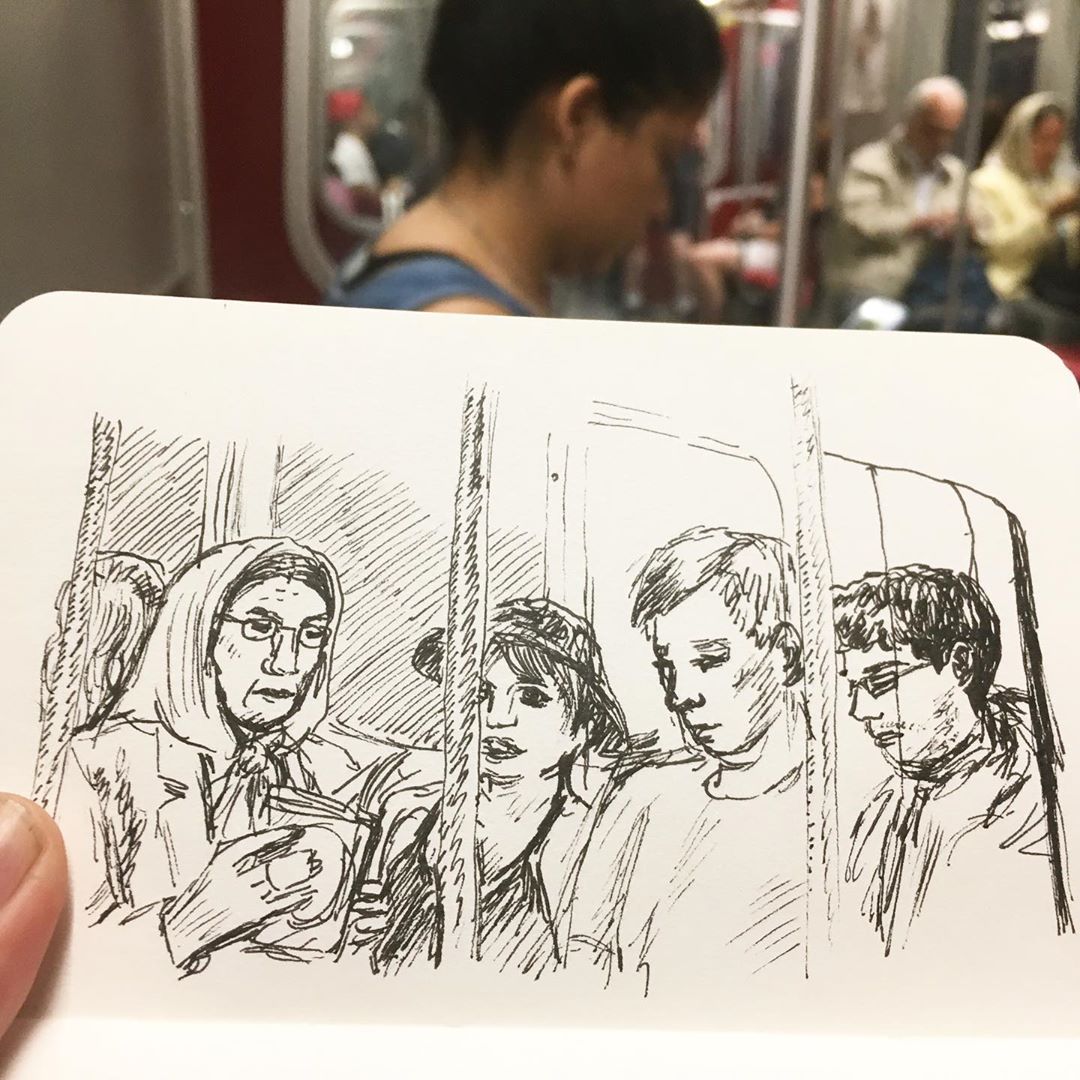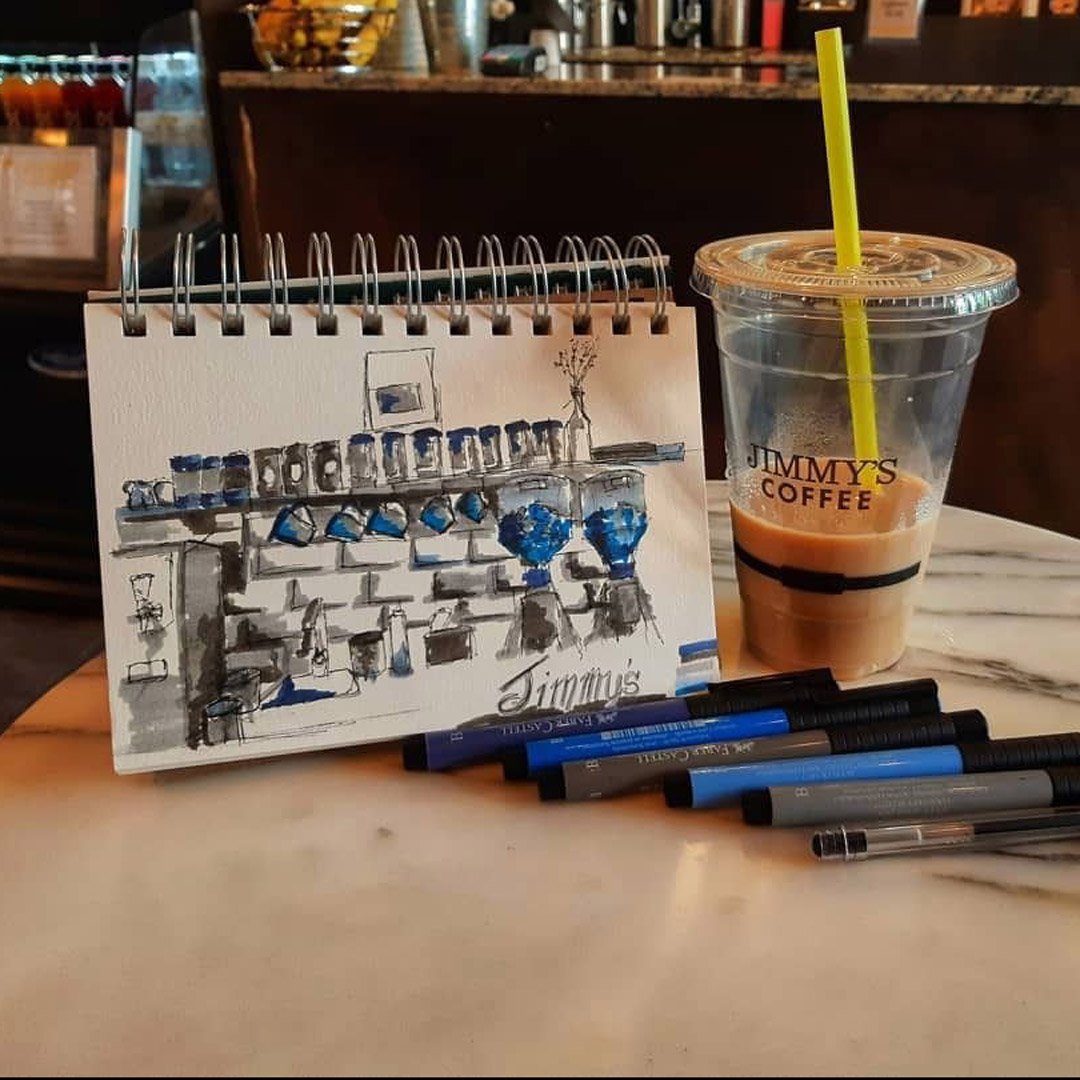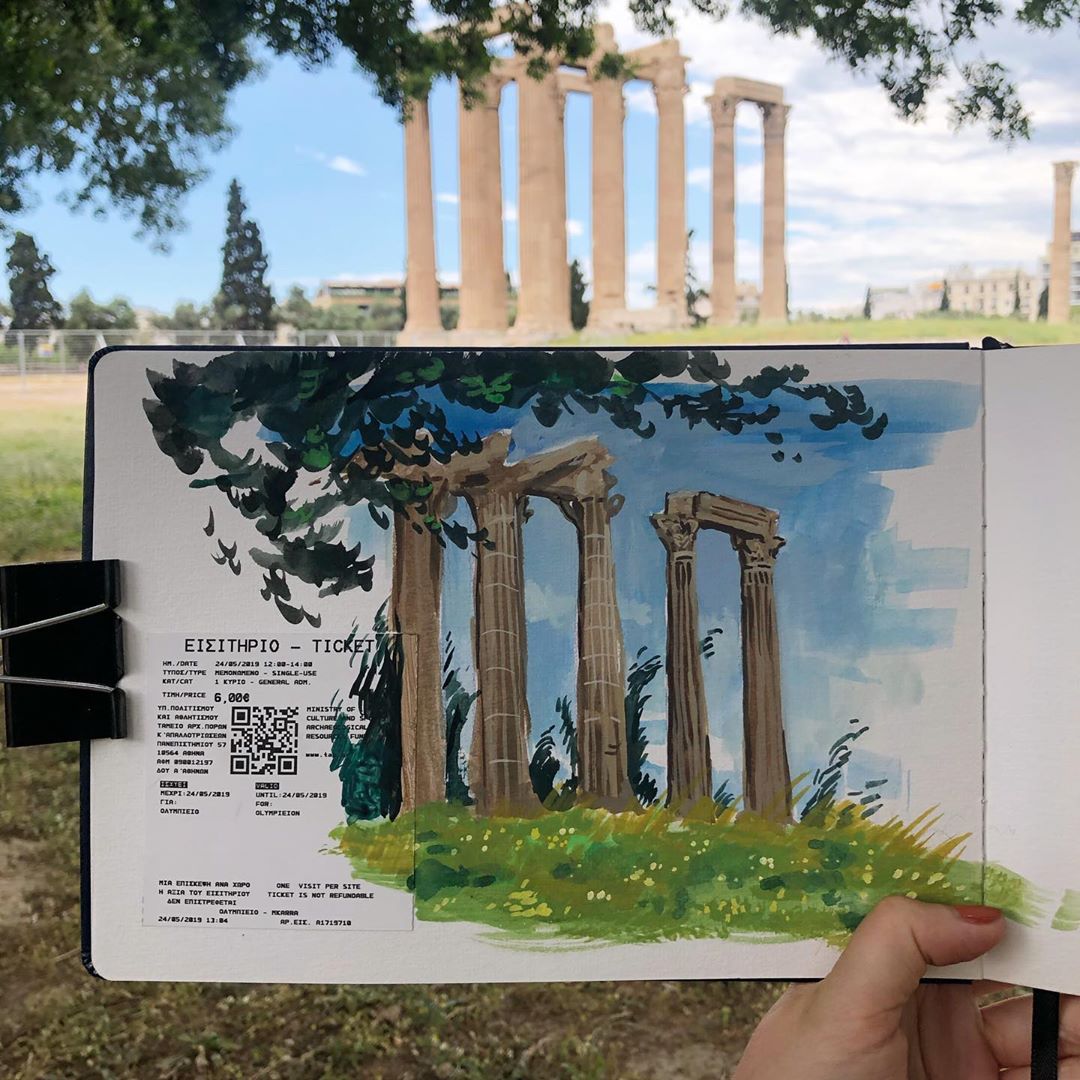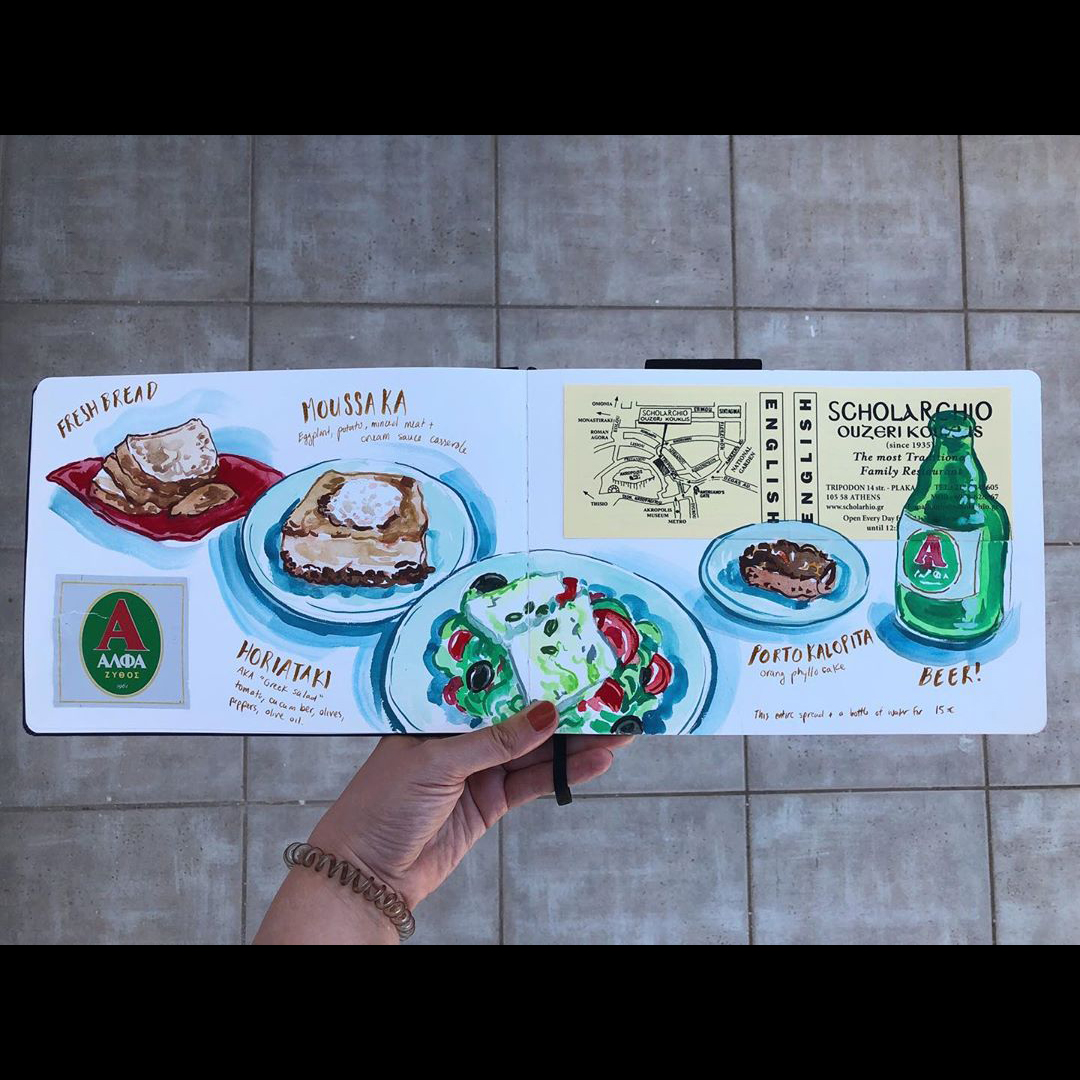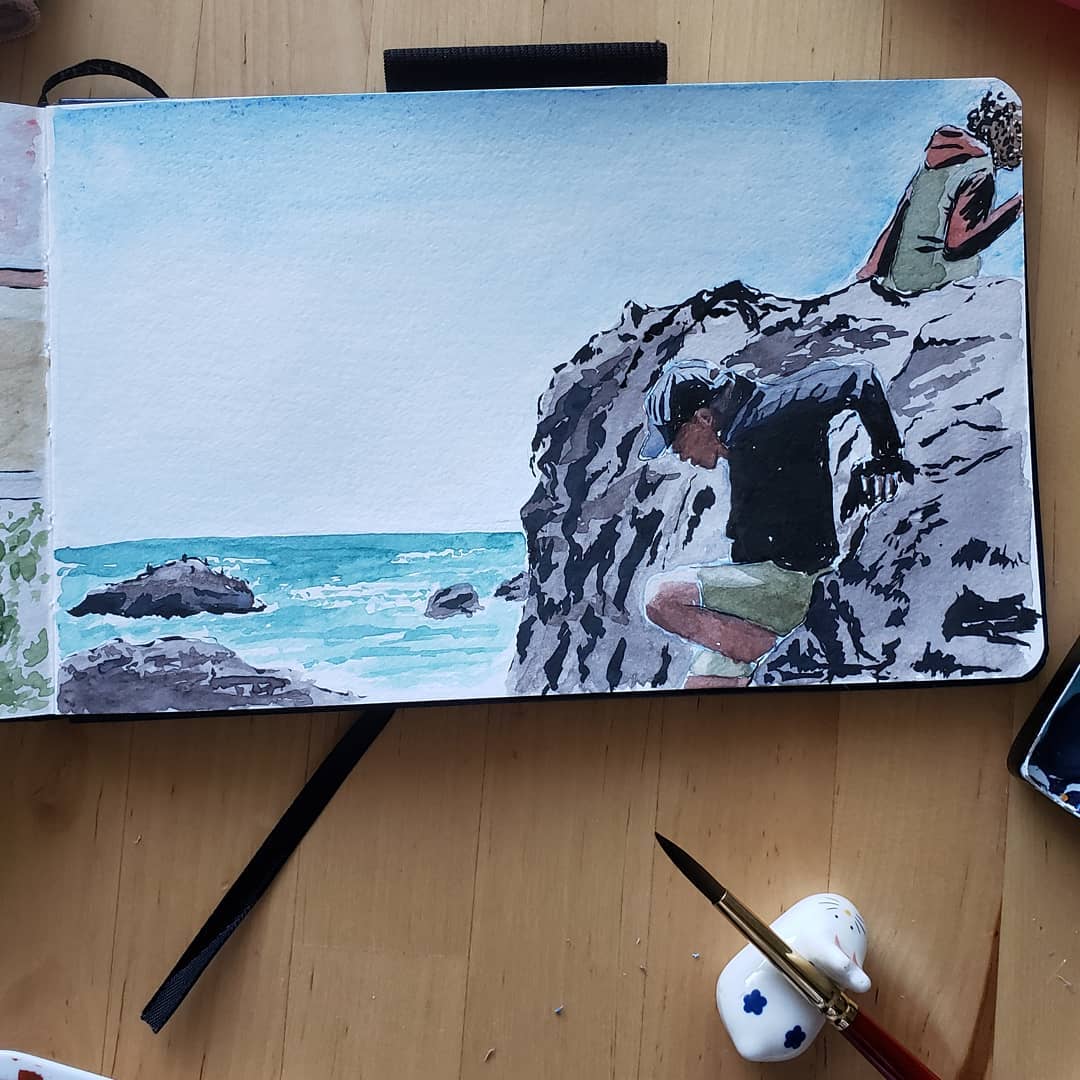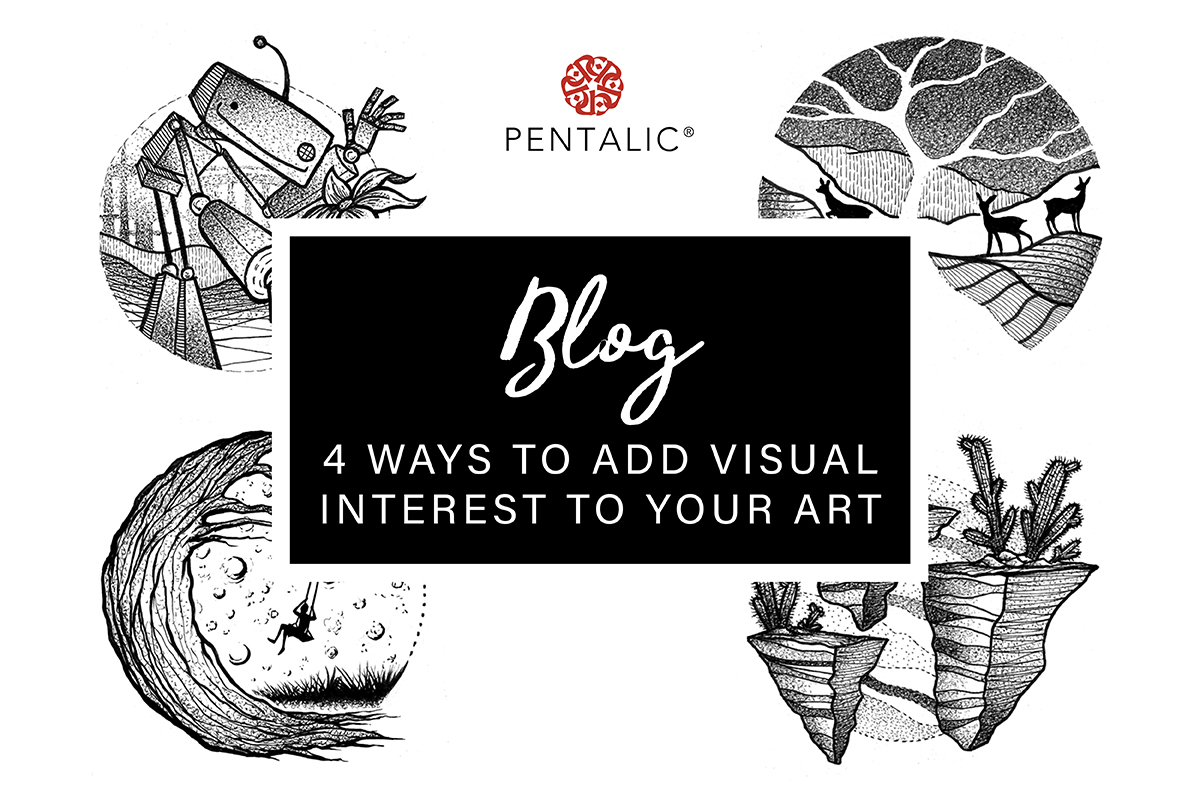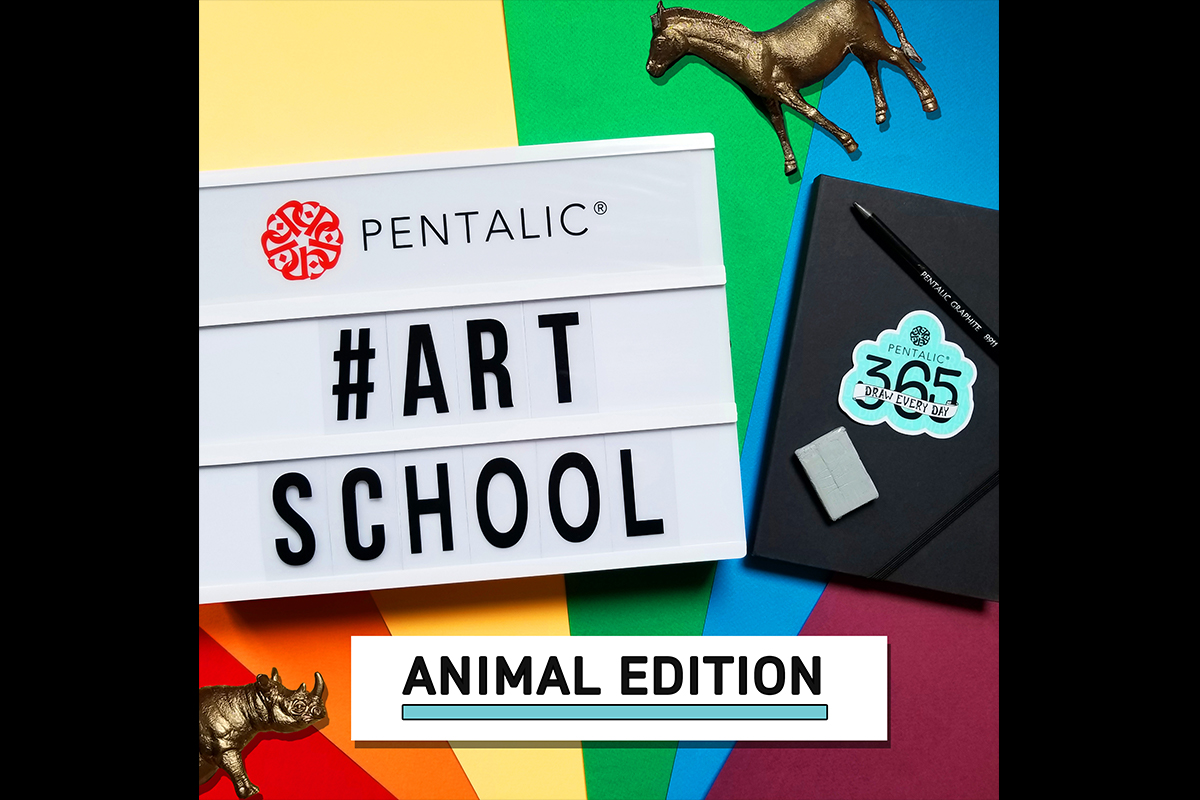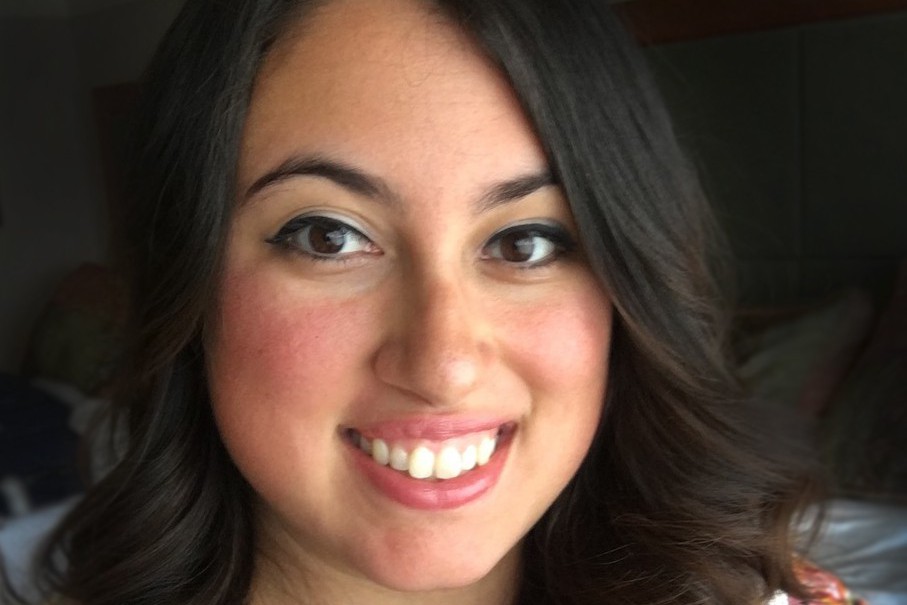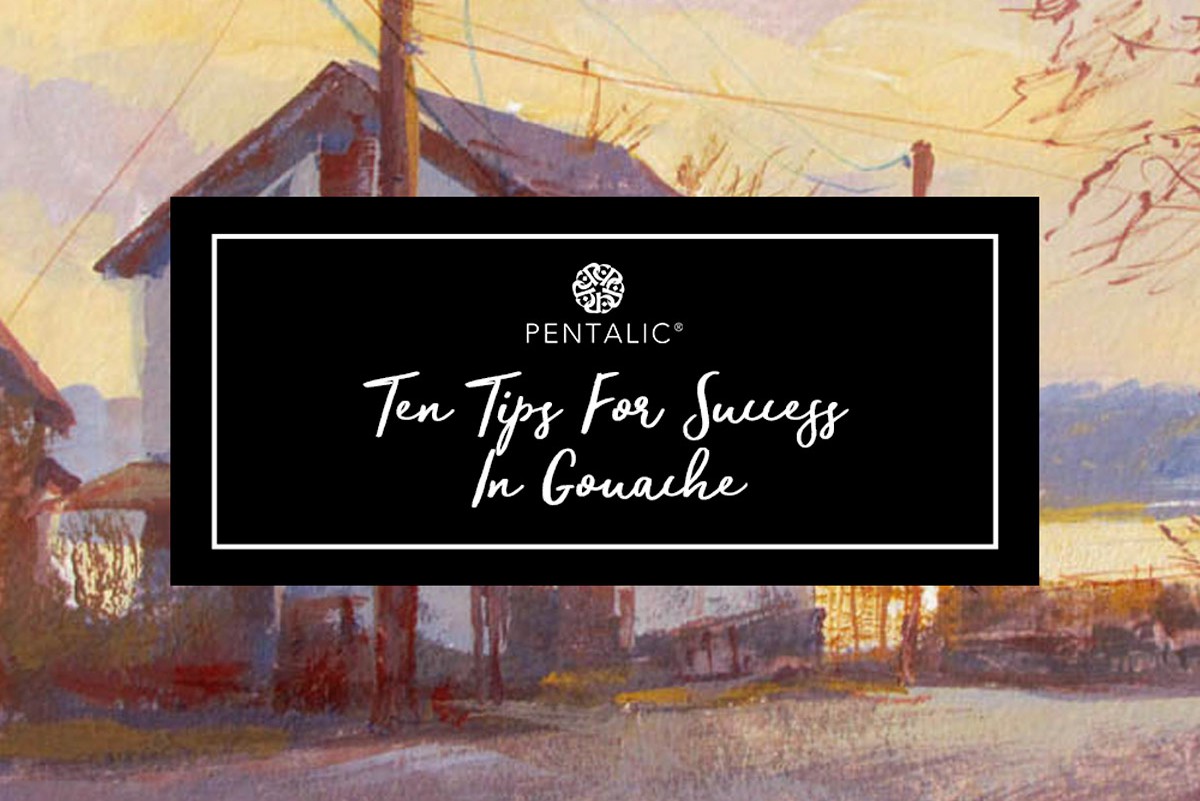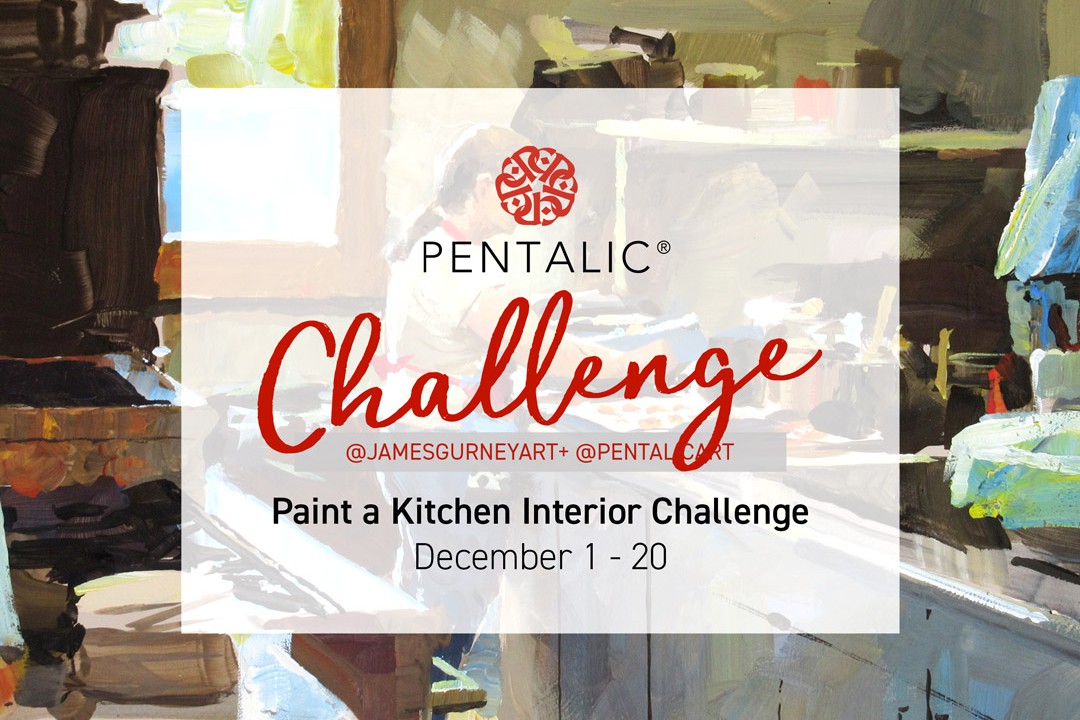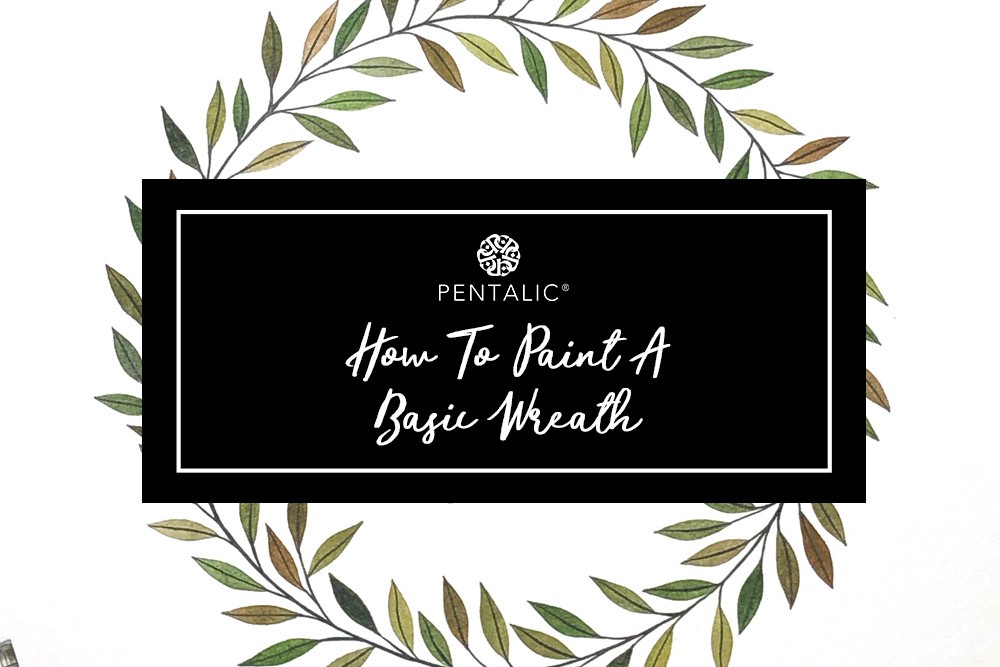As an outdoor artist, do you consider yourself to be a plein air painter or an urban sketcher? We explore the similarities and differences between these art styles, including travel sketching, in the latest Pentalic blog.
By Pentalic
You will most often find the hashtags #pleinair, #urbansketching and #travelsketch under the Instagram posts of adventurous Pentalic artists. There has been debate among outdoor artists about whether or not these different labels to describe art created outside an artist’s studio can be used interchangeably. We aim to contribute to this discussion, based on our research of the histories behind each term.
History of Plein Air and Urban Sketching
“En plein air” is a French phrase meaning “in the open air”. Artists who paint en plein air paint an outdoor subject while sitting in front of said subject. This term emerged after the invention of paint tubes and box easels granted artists the freedom to take their materials outside their studios to observe and paint natural scenes in real time. Although landscape painting began centuries before, plein air painting was made most well-known by French Impressionists during the 19th Century, who focused on depicting natural light in their paintings to symbolize the passage of time.
Left: A Swamp in Dunsborough, Australia painted en plein air in our Aqua Journal by @wendylineart
Right: Urban sketch of buildings in East Village, Manhattan, NY by @bigbadbaghdad in our Aqua Journal
Whereas plein air is considered a method of painting, urban sketching describes a painting movement. Seattle journalist and illustrator Gabriel Campanario launched the urban sketching movement in 2007 by creating an online storytelling forum that encouraged sketch artists to draw the places they visit on location, rather than drawing from photographs.
Following the example set by Campanario, Urban Sketchers, a non-profit organization, was founded to foster an online community that spreads the “artistic, storytelling and educational value of on-location drawing” on an international level. Urban sketchers have representation in many cities around the world and connect with each other through a network of blogs hosted by Urban Sketchers and social media pages hosted by local urban sketching groups. Although separated by location, Urban Sketchers have a unilateral manifesto for conducting their art.
Urban Sketchers’ Manifesto from urbansketchers.org
Similarities
Both urban sketchers and plein air painters take their materials with them to paint on location, in real-time, while outdoors. Since their canvases have to be portable, both plein air and urban sketchers produce small-scale art. Both artists are interested in capturing the truth of how a place appears, which means not adding anything to the painting that would compromise the truth of the depiction. However, a plein air painter will sometimes omit certain features of a subject for aesthetic purposes, such as powerlines or trash.
A winter woods scene painted en plein air in our Aqua Journal by @jamesgurneyart
Differences
Although they have many similarities, it is argued that the key differences between plein air and urban sketching is the amount of time taken to paint the scene, the materials used and location of the subject.
According to the to the Urban Sketchers’ manifesto, an urban sketcher’s work tells a story of the place they painted. Unlike plein air sketching, urban sketching has journalistic roots and will often involve written text within the painting about the atmosphere of the location or any background details worth noting.
Left: Trolley sketch in Yorktown, VA in our Aqua Journal by @mandylewishouston
Right: Cruise ship urban sketch in St Maarten painted by @leannelandart on our Aqua Journal
Plein air painting is said to take the longest, as it is more detail oriented, and it uses either paint or pastels to depict an outdoor subject. In contrast, urban sketching is sketching, meaning that it is not as detail focused and the style tends to be quicker and more casual. In addition, any artistic material can be used in urban sketching to capture the outdoor subject.
Urban sketching does not only involve outdoor subjects; urban sketching includes indoor locations outside the artist’s home. Although painting a city park can be considered an urban sketch, indoor subjects such as cafes, museums, malls, restaurants and concerts are common.
Left: A scene from a train commute by @morbidways on our Traveler Pocket Journal
Right: Jimmy’s Coffee in Toronto, Canada sketched by @brivermeer on our Nature Sketch
What is Travel Sketching?
Another term used to describe outdoor art is travel sketching. This term describes art inspired by scenes witnessed by the artist while they are on vacation. Like urban sketches, travel sketches may include text that reveals background details about the artist’s experiences with the location that they depicted.
Left: Travel sketch of the Temple of Olympian Zeus, Athens in our Aqua Journal by @jsshrn
Right: Travel sketch of food eaten during a Greek vacation by @jsshrn
Travel sketching differs from the other two types of outdoor art because travel sketchers have the freedom to draw or paint their subject from a photographic reference; the artist does not necessarily have to be on location to paint their subject. If you recall the Urban Sketcher’s Manifesto, it states that urban sketchers draw on location from observation; drawing from photographs is not permitted.
Heceta Head, OR drawn from a photograph by @igotkittypryde
If a travel sketch is painted from referencing a photograph the artist took while they were on location, it will neither be considered a plein air painting nor an urban sketch. If a travel sketch was created on location, without referencing a photograph, it is also considered a plein air painting.
Conclusion
There are three different ways to describe art made outside: urban sketching, plein air painting and travel sketching. Although each art style is focused on depicting the truth of a location the artist has personally witnessed through art, they are different from each other. Each style is distinguished from each other based on the artistic medium used, the location of the reference and the presence of text within the piece.
Plein air painting is the oldest form of outdoor art that simply requires the artist to paint an outdoor setting on location with either paints or pastels. Urban sketching is a relatively new journalistic global movement, accelerated by social media, that uses art created with any media, along with text, to tell the story of locations, outdoor and indoor, that an artist has experienced. Travel sketches can cross into the categories of both aforementioned art types. However, travel sketching doesn’t require being on location, while plein air and urban sketching demand it.
Ultimately, the goal of all three styles is the same: to go outside your studio and document your unique world as truthfully as you see it.
Find an urban sketching or plein air group in your community
Urban Sketchers: www.urbansketchers.org
Plein Air: www.paintouts.com
Follow Pentalic!
Facebook: @pentalic
Instagram: @pentalicart
Pinterest: Pentalic
Website: www.pentalic.com
Blog: www.pentalic.com/blog/


